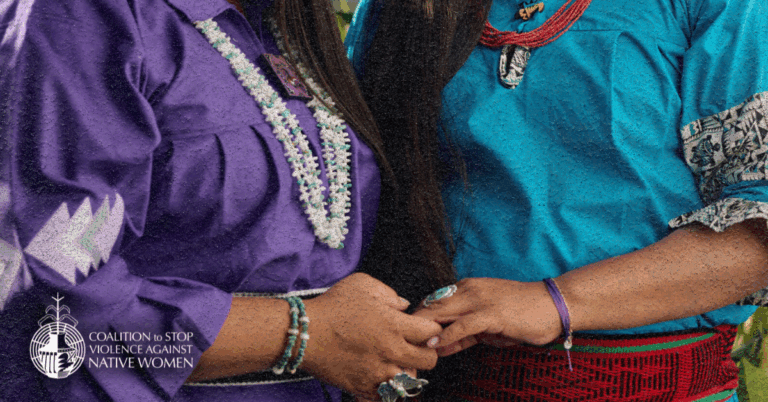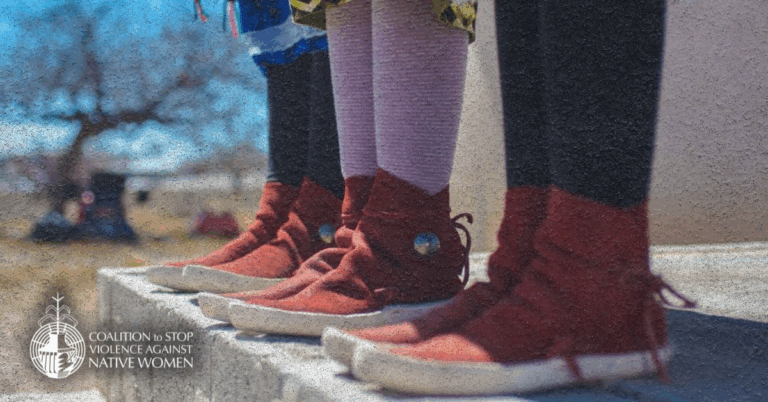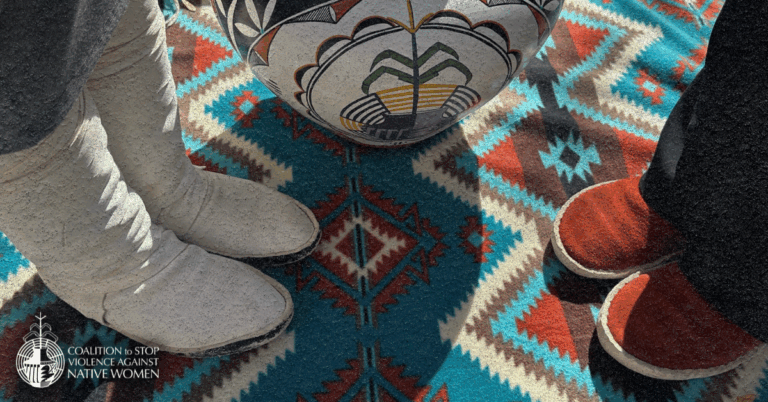[vc_row][vc_column][vc_column_text]By: Cecelia Westman, CSVANW Advocate Coordinator
What does it mean to be well? Is wellness a state that we maintain or is wellness a goal that we pursue once we are faced with illness or some form of hurt? I often contend with these questions because of the environments that I am immersed in and the issues that we face as communities. Our communities are faced with multiple challenges to our health and well-being including environmental hazards, social stresses, food choices, lack of emotional safety and spiritual uneasiness.
 Victims of Sexual and Intimate Partner Violence may struggle with wellness in multiple ways including physical, mental, spiritual, and emotional turmoil. People that experience victimization had no choice in their experience, but they do have choices when it comes to their healing journey. A person’s healing journey can be as unique as they are, and it is important for the community around them to be supportive even if individuals in that community may not be able to recognize the journey that the healing individual is on.
Victims of Sexual and Intimate Partner Violence may struggle with wellness in multiple ways including physical, mental, spiritual, and emotional turmoil. People that experience victimization had no choice in their experience, but they do have choices when it comes to their healing journey. A person’s healing journey can be as unique as they are, and it is important for the community around them to be supportive even if individuals in that community may not be able to recognize the journey that the healing individual is on.
Becoming whole after experiencing victimization can be tricky especially when it is challenged with feelings of shame and guilt. These feelings can be countered by seeking mental and physical safety, personal understanding of the effects that trauma can have on one’s body and mind, acceptance of the work that it is going to take in order to heal, and growth through the experience of it all- leading one to become a survivor.
Many look at how much work it is going to take and feel intimidated, unsure about where to begin. The fact is that there isn’t a single starting point, healing victims have to embark from where ever they determine the best starting point for themselves to be. Everyone is their own expert and they need to be empowered as such. Advocates and other supporters of a harmed person’s healing can make options and opportunities known to them, but ultimately steps along the path to healing survivorship have to be made by the victim.
Victims may choose to engage in talk therapy in order to process their experience(s) and to create a method of personal accountability-documenting their journey and being proactive in their own healing process. They may also find other outlets and explorations to further encourage their wellness such as through exercise, art, and traditional practices. All of these ways and more are encouraged. There is no reason not to embrace life for everything that it has to offer. The key piece in recovery is knowing that we were born resilient and strong. Choosing to actively participate in our own healing can be the factor that moves us from victim to survivor because it is empowering.
If you or someone you know are experiencing Intimate Partner Violence or Sexual Violence please contact a resource line to get help by visiting our Advocacy Corneror by calling StrongHearts Native Helpline at 1-844-7NATIVE or 1-844-762-8483.[/vc_column_text][/vc_column][/vc_row]
Related Posts

Honoring Your Healing: Gentle Goal Setting After Trauma or Loss
By CSVANW Healing after trauma or loss is never a straight path. For many of…

Taking Care of Yourself and Your Family During the Holidays
By CSVANW The holiday season can hold many emotions at once: joy, reflection, overwhelm, grief,…

Walk a Mile in Their Mocs
Stories from Advocates Protecting Our Relatives, Preserving Our Future. Every November, Native American Heritage Month…
